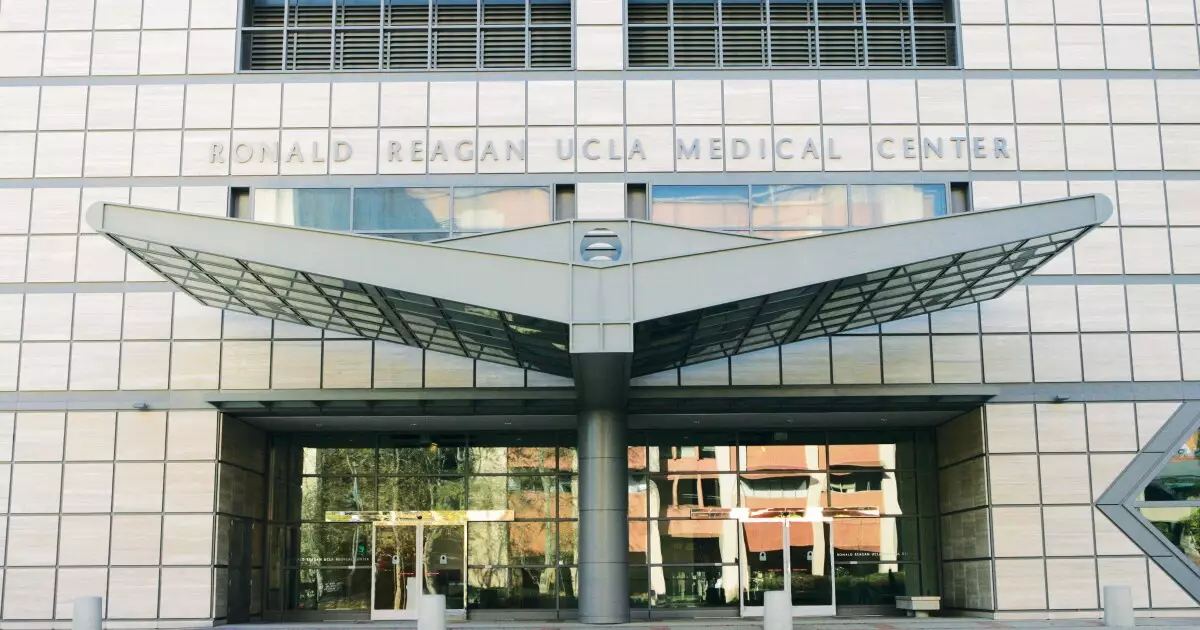In an era marked by relentless political swings and fiscal austerity, higher education stands on increasingly unstable ground. The recent proposals to slash Medicaid funding by nearly a trillion dollars over the next decade are more than just social policy adjustments—they represent a direct assault on the financial backbone of public universities. It’s not hyperbole to say that these federal cuts threaten to destabilize an already fragile system, risking a cascade of consequences that could fundamentally alter the landscape of American higher education.
Universities like the University of California, which operate extensive medical centers and service a significant Medicaid population, are uniquely vulnerable. The University of California Health System, a sprawling network that includes hospitals, professional schools, and global health institutes, relies heavily on Medicaid reimbursements—35% of inpatient days are Medicaid-driven. A significant reduction in these revenues could force these institutions into financial crisis, impacting the quality of care, research capabilities, and educational missions. The grim reality is that federal funding cuts are not isolated adjustments; they ripple outward, jeopardizing both health services and the educational infrastructure that supports them.
But the threat isn’t limited to flagship state universities. Smaller public universities, already grappling with declining enrollment and dwindling state support, stand to feel the impact more acutely. States often backfill federal reductions to preserve their institutions’ fiscal health, but as their budgets tighten, the pressure mounts. Historically, public universities have depended on a modest rise in state funding—typically 1-2%—which barely keeps pace with inflation, let alone covers the mounting costs of quality education. When federal dollars dry up, the vacuum is inevitably filled through budget cuts or deferred investments, compounding the difficulties faced by these institutions.
The Broader Financial Crisis: Bonds, Credits, and the Future of University Funding
The financial repercussions extend beyond direct funding streams. University bonds, a primary source of capital for infrastructure projects, are under increased scrutiny as the sector’s creditworthiness declines. Moody’s and Fitch have issued warnings—public universities such as the University of California and California State University systems carry hefty debt loads, totaling billions of dollars. For example, UC’s bonded debt surpasses $30 billion, with several hundred million dollars in revenue bonds tied directly to health services. Should their revenues from patient care—already vulnerable due to Medicaid cuts—diminish, the ripple effect could threaten their credit ratings and borrowing capacity.
Financial health here is a fragile balancing act. The pooling of revenue bonds from university medical centers offers some resilience; if one center’s revenues falter, others can help sustain the whole. Still, this fragile financial tapestry is being stretched thin. The bonds’ stable outlooks depend on consistent revenue flows, but federal reductions threaten to destabilize this carefully managed system, increasing borrowing costs and decreasing financial flexibility for future investments.
Meanwhile, the landscape of university bonds is shading into uncertain territory as investors adopt a cautious stance. Higher-rated bonds, once viewed as stable investments, are experiencing widening spreads that hint at deteriorating confidence. The sector’s creditworthiness is facing increased scrutiny amid a confluence of federal policy shifts, declining endowments, and rising borrowing costs—leaving a cloud of uncertainty hovering over higher education’s fiscal future.
The Political and Economic Crossfire: Turning Federal Policy into Local Pain
The political environment compounds these fiscal pressures. Federal policies increasingly appear designed to undermine the traditional model of public higher education, framing it as a sector vulnerable to partisan attacks. The proposed endowment tax, targeting wealthy private institutions like Harvard and Yale, is portrayed as a punitive measure rather than a necessary revenue stream, further stirring debates about fairness and policy overreach.
This political rhetoric impacts public perception and policy decisions at the state level. As federal funding and policy objectives shift, states are often left to fill the gaps, but their capacity to do so is limited. The result is a tug-of-war between federal austerity measures and state budget realities. Public universities may be forced to increase tuition, reduce programs, or cut essential services to compensate for funding shortfalls, ultimately undermining access and academic quality.
The broader economic context—a shaky stock market, growing federal deficits, and political uncertainty—only magnifies these risks. Universities find themselves caught between federal austerity and state retrenchment, all while navigating the changing terrain of research funding, research grants, and federal student aid policies. This environment fosters a climate of increased financial fragility, where even well-rated bonds and institutions could face unforeseen crises.
While many pundits focus on enrollment figures or academic rankings, the real danger lies beneath the surface—an impending financial storm fueled by federal cuts and political agendas. The consequences of these policies threaten to hollow out the very institutions that form the backbone of American innovation and social mobility. Public universities, especially those with substantial health systems, are on the front lines of this bipartisan policy assault. If policymakers continue down this reckless path, the fragile financial foundation of higher education will soon crumble, leaving millions of students and communities to bear the unintended costs of political discord and fiscal mismanagement. The sector’s survival hinges on recognizing these threats and resisting the pervasive urge to prioritize short-term political gains over the long-term health of American higher education.

